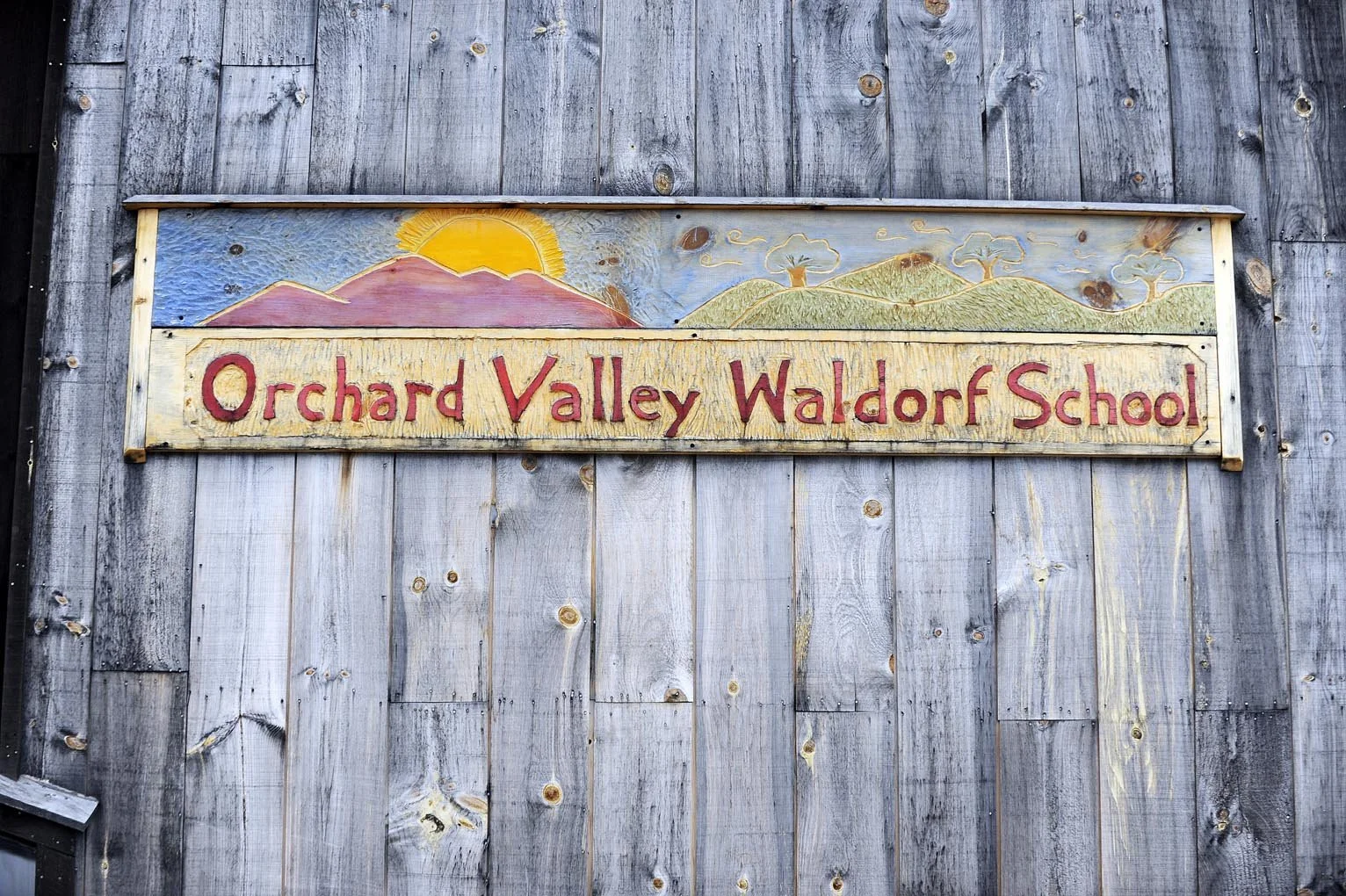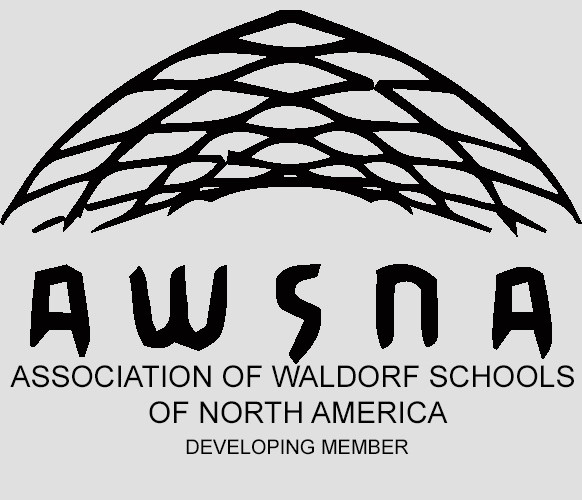Lashio, Shan State, Myanmar
by Child’s Garden Director Stephanie Hoelscher; published in the November 2019 IAWSECE newsletter
When human beings meet together seeking the spirit with unity of purpose then they will also find their way to each other. ~ Rudolf Steiner
An American teenager stood in a Buddhist temple complex. He, the observer, was seventeen, educated through 8th grade at Waldorf schools in southwestern and northeastern United States and now studying in a public high school.
They, the subjects of his interested gaze, were kindergarten-age children eating their lunches. Many, many children. Dozens of children. Too many children to count. Burmese, Shan, and Chinese children.
They sat on benches at long rectangular tables arranged end-to-end. The six tables occupied most of the space in the rectangular room adjacent to a row of six classrooms. Tall pots of rice and vegetables sat on a counter alongside a jug of water and a plate of cups.
The lunchroom was quiet. The children were eating. When finished they stood from their place, scraped their bowl, and rinsed them at a sink. Children wanting more food helped themselves standing on tiptoe at a stool to reach the food. The children were as young as 3 ½. A few teachers worked quietly in the corners of the room. They did not speak. No verbal instruction or redirection was needed.
The observer was astonished. “That would be utter chaos in the United States,” he reported to his mother. His mother, an American Waldorf early childhood teacher, agreed. She turned to her host, Ying Hwe, who had brought them to this “leading kindergarten” in the northern Shan state of Myanmar. This school, the first to bring Waldorf early childhood education to the Shan state, serves over 200 young children in twelve classrooms in a large temple complex perched on a high hill overlooking Lashio, the final stop on the British-built narrow gauge railroad line from Mandalay, a 12-hour ride away.
“We could not do this in the United States,” said the American teacher. “How is this possible?”
Ying Hwe did not understand the question. She cocked her head, wrinkled her nose, crinkled her eyes and grinned at her American friend. The American rephrased the question; she tried to provide a cultural context.
Ying Hwe was quiet. She looked out into the expansive outdoor play space quiet and empty at lunchtime. Some moments passed before she spoke.
Ying Hwe gestured toward her heart. “When the teachers are calm inside, the children will be calm,” she said in reply.
The American mother and son looked at her. They looked at each other. They did not speak.
Ying Hwe sensed their wondering puzzlement. She continued: “Every morning before the children arrive all the teachers come together for twenty minutes of meditation. All together. Two dozen teachers each and every day.”
Ying Hwe’s 7-year-old son pulled on the arm of his American teenager-friend. The older obliged the younger with a smile, and the two scampered off. The two teachers continued to sit together in silent contemplation. Brought together months ago in Dornach. That is another story.
Everyday something must be achieved inwardly.
~ Rudolf Steiner. (1998). “Guidance in Esoteric Training: From the Esoteric School”







